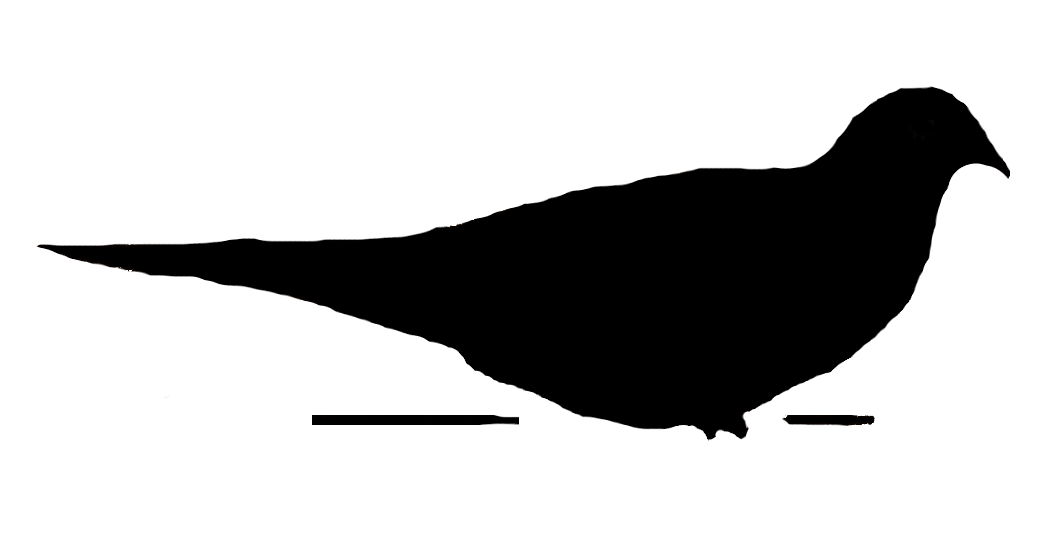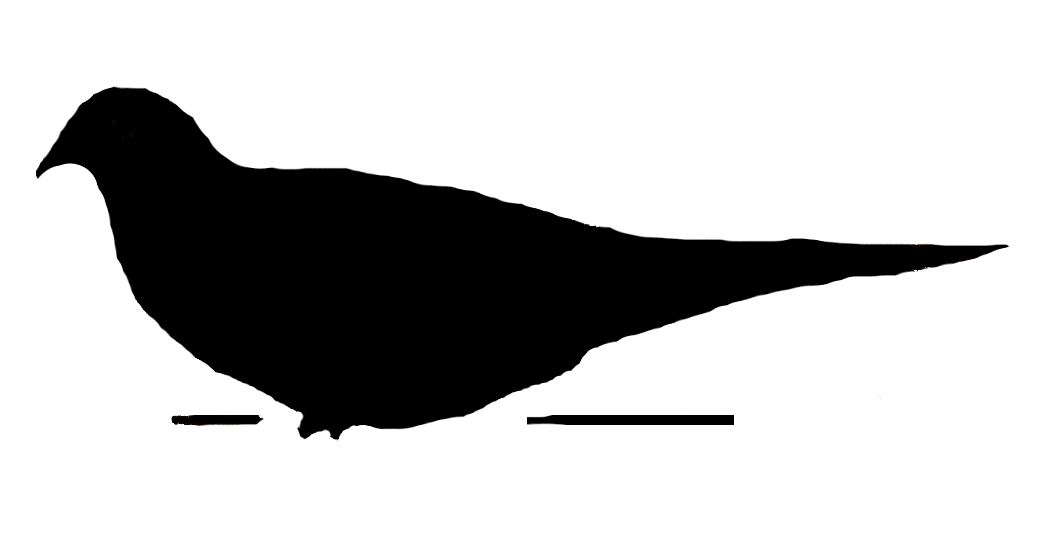|
 STATISTICS & LEGALITIES STATISTICS & LEGALITIES 
An Introduction To The "Care" Of Mourning Doves
https://nydovehunting.weebly.com/mourning-dove-fact-sheet.html
• The average lifespan of mourning doves is less than one year. Only 40% of the population lives longer. However, mourning doves are capable of reproducing at 85 days of age, which compensates for this short life span. In addition, nationwide surveys have shown there is no significant difference in mourning dove breeding densities in hunted and non-hunted states.
• Hunters harvest more mourning doves annually in the U.S.A. than any other game bird. More mourning doves are shot than the combined sum of wild turkey and every species of duck and goose.
|
So you've decided (made the "commitment") to offer your heart and soul to the care of a Mourning Dove? Congratulations and, if you're honestly ready, willing and able to truly "give", you'll find you've been blessed. These little feathered bundles of Love and Life are incredibly wonderful... wonder-full! AND, you'll find they'll become one of the best friends and companions you could ever hope to have in your life.
If treated properly and compassionately, a wild Mourning Dove will come to trust you, see you as a caring companion. (Be exceptionally careful not to betray that trust. Once lost, it will never return and your loss will be immeasurable.)
One "item" that you ought to be aware of though, "keeping" them is, technically, *illegal*. (Yes, it has to be said because it's just a fact. I'll say no more on the matter other than to include the following information, more as a "disclaimer" than much else and encourage you to do your own further research.)
|
The Migratory Bird Treaty Act of 1918 (MBTA), codified at 16 U.S.C. §§ 703–712 (although §709 is omitted), is a United States federal law, first enacted in 1916 to implement the convention for the protection of migratory birds between the United States and Great Britain (acting on behalf of Canada).[1] The statute makes it unlawful without a waiver to pursue, hunt, take, capture, kill, posses, or sell nearly 1,100 species of birds listed therein as migratory birds. The statute does not discriminate between live or dead birds and also grants full protection to any bird parts including feathers, eggs, and nests. A March 2020 update of the list increased the number of species to 1,093.
|
If your intention is to keep one only until it is well enough to return to the out-doors, be very aware of how much time you will pass together. If the time will be short, try to keep contact, physical and even just presence, to a minimum. You don't want to create a "trust of humans" since, let's face it, not all humans are kind toward doves (as seen above). If your time together will be lengthy, or the injuries prohibit the release back into the wild, at the beginning, allow the dove quiet... I repeat this... “quiet” time alone. Provide food, water, a clean environment and other-wise, let Nature take course. Animals who are injured will, in their natural environment, tend to shy away from other animals of their own species. Injuries indicate “weakness” and injured animals will often be abandoned or shunned. Therefore, the injured one will try to hide an injury, compensate for any loss of mobility, &c. and, as said, tend to be some-what removed, out of sight. Allow the dove time and space to heal. When you see that conditions are improved, and you will, then take a chair and sit, calmly, in the room, become acquainted, talk, softly, for short times at first, and lengthen time together gradually. A dove will, at his/her own pace, come to understand that you're not "the enemy", a predator and you will become the closest of Friends.
Remember, you don't have to do too much, comparatively, to “adjust” to a dove being in your home... but you DO have to allow the dove what-ever s/he needs to adjust to being in your home and out of his/her natural environment, not to mention, being in the company of a human who is, historically, one of a dove's worst predators.
Just a closing word of advice: Beware of the "self-righteous" who, some-how believe they're of better moral, ethical and intellectual status than you, lest you see your intentions, your compassion, your "companion" taken from you. And be aware that, in the case of doves and other small birds, taken from the best-intentioned of us, the vast majority are simply "discarded"... either euthanised or thrown into the wild to fend for themselves, never mind the consequences. (I've asked and been told, so found it to be true.)
(Disclaimer: The content of this site presents information based on the site-creator's own research and, more-over, on direct, first-hand, personal experience. I, the site-creator/WebMaster, make NO claims of any "expertise" or "professional training/certification/degree/license", nor do I assume any title of any sort, expressed or implied related to any title that may be associated with the content presented. Users/Readers/Visitors to this site are instructed to conduct their own research as is necessary and required, seek the assistance and aid of those persons of proper and legal qualification, and where necessary, obtain proper licensure appropriate to their intentions where-by the care-provision and/or possession of a mourning dove for any reason is concerned.
Your continued use of this site implies that you have read, understood and accept the terms of this disclaimer and accept as your own, solely and completely, any and all responsibility for your further decisions, actions and the results there-of.)
|
|

